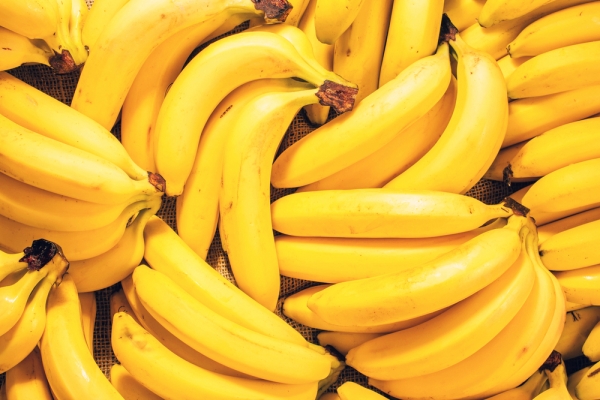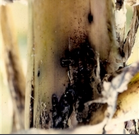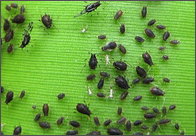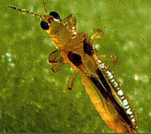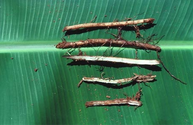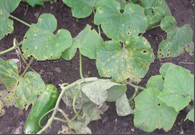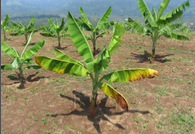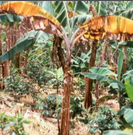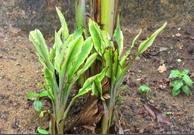General Information
Banana is the second most important fruit crop of India next to mango. It is available round the year, and because of its taste, nutritive and medicinal value, it is favorite fruit of all classes of people. It is a rich source of carbohydrate and vitamins, particularly vitamin B. Banana helps to reduce the risk of heart diseases. Also, it is recommended for patients suffering from high arthritis, blood pressure, ulcer, gastroenteritis and kidney disorders. From banana, various products are made such as chips, banana puree, jam, jelly, juice, etc. Banana fiber is used to make items like bags, pots and wall hangers. Rope and good quality paper can be prepared from banana waste. In India, banana ranks first in production and third in the area among fruit crops. In India, Maharashtra has the highest productivity of banana. The other major banana producing states are Karnataka, Gujarat, Andhra Pradesh and Assam.

